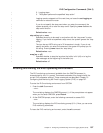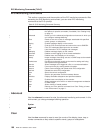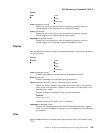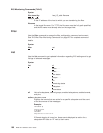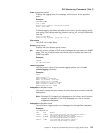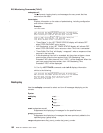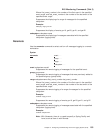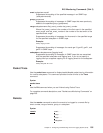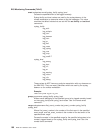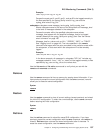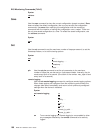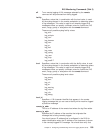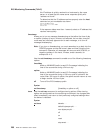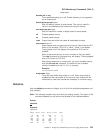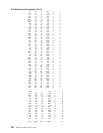
event
subsystem.event#
Suppresses the sending of the specified message in an SNMP trap
(
subsystem.event#
).
group
groupname
Suppresses the sending of messages in SNMP traps that were previously
added to the specified group (
groupname
).
range
subsystemname first_event_number last_event_number
Where
first_event_number
is the number of the first event in the specified
event range, and
last_event_number
is the number of the last event of the
specified event range.
Suppresses the sending of messages for the events in the specified range
for the specified subsystem in SNMP traps.
Example:
notrap range gw 19 22
Suppresses the sending of messages for events gw.19, gw.20, gw.21, and
gw.22 in SNMP traps.
subsystem
subsystemname [logging-level]
Suppresses the sending of messages in SNMP traps that are associated
with the specified subsystem and logging level. If you do not specify a
logging-level
you suppress trapping for all logging levels for the subsystem.
Example:
notrap subsystem tkr error
Packet Trace
Use the packet-trace command to display/enable/disable packet tracing information
for various subsystems. This command provides function similar to the Trace
command.
Syntax:
packet-trace
Use the Exit command when you are finished using Packet Trace.
For complete command descriptions, see “Packet-trace Monitoring Commands” on
page 205 .
Remote
Use the remote command to select the events to be logged to a remote file by
event number, range of events, group, or subsystem.
Syntax:
remote
event...
group...
range...
subsystem...
ELS Monitoring Commands (Talk 5)
Chapter 13. Configuring and Monitoring the Event Logging System (ELS) 195



